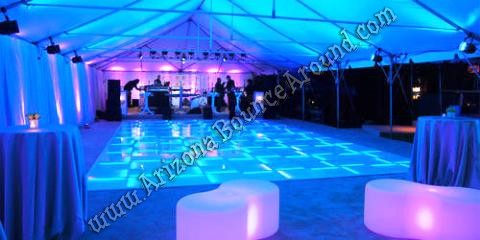One of the primary frequent materials used in contemporary dance floors is light-emitting diode illumination. LED lights are energy-efficient and can generate a broad variety of hues and effects. They can be integrated in the floor itself or used as part of a illumination system over the dance floor. This technology allows for synchronized light shows that can alter in reaction to the music, creating an engaging encounter. The capability to configure these lights means that they can be tailored to fit different concepts or atmospheres, making each event unique.

Another crucial substance is reflective materials, such as mirrors or shiny tiles. These materials can create an illusion of area and depth, making the dance floor appear larger than it actually is. When dancers move, their reflections can add an extra layer of aesthetic interest, enhancing the overall show. Additionally, reflective surfaces can engage with illumination effects, amplifying the colors and designs displayed on the floor. This fusion of light and reflection can captivate spectators and elevate the energy of the occasion.
In addition to lighting and mirror-like substances, the use of digital screens has grown progressively popular in dance floor creation. These screens can display vibrant images, graphics, or even live feeds of the show. By integrating electronic technology, occasion planners can create a multi-sensory experience that engages both the dancers and the spectators. The capability to change images in real-time allows for a dynamic environment that can adjust to the beat and vitality of the music, making each moment feel new and thrilling.
Furthermore, the selection of surface material itself plays a crucial role in the complete encounter. Traditional wooden dance floors are still favored for see here now their strength and functional qualities. However, newer materials like synthetic and elastic are becoming popularity due to their versatility and simplicity of care. These materials can provide better shock absorption, reducing the risk of harm for performers. Additionally, they can be crafted with various patterns and hues, allowing for artistic expression in the dance floor's appearance.
In conclusion, the transformation of dance floors into breathtaking aesthetic experiences relies on a combination of creative substances and techniques. LED lighting, mirror-like materials, electronic screens, and customized flooring substances all contribute to creating an engaging environment for performers and spectators. As innovation continues to progress, the possibilities for enhancing dance floor creation will only grow, making upcoming events even more enthralling and memorable. Comprehending these materials helps appreciate the craftsmanship involved in creating environments where movement and music come together in unison.